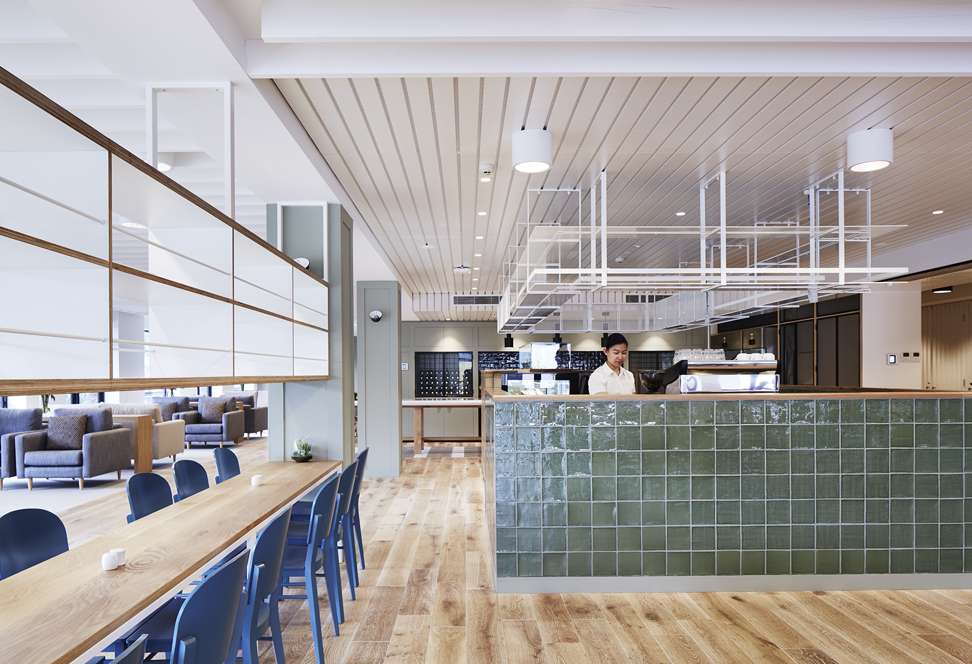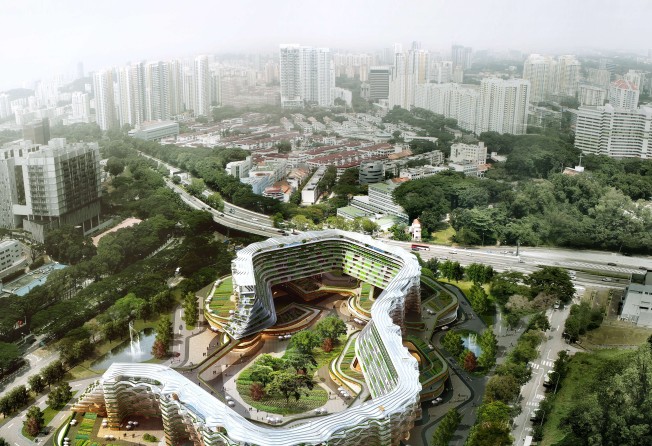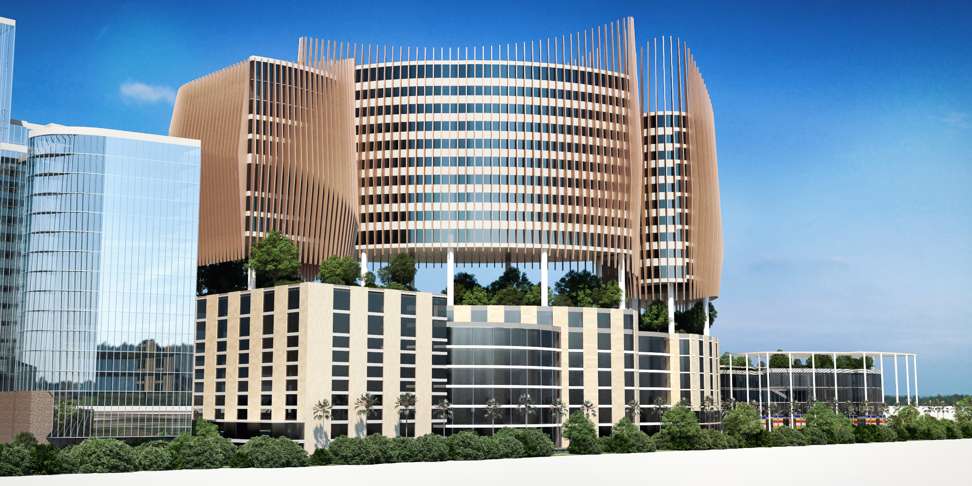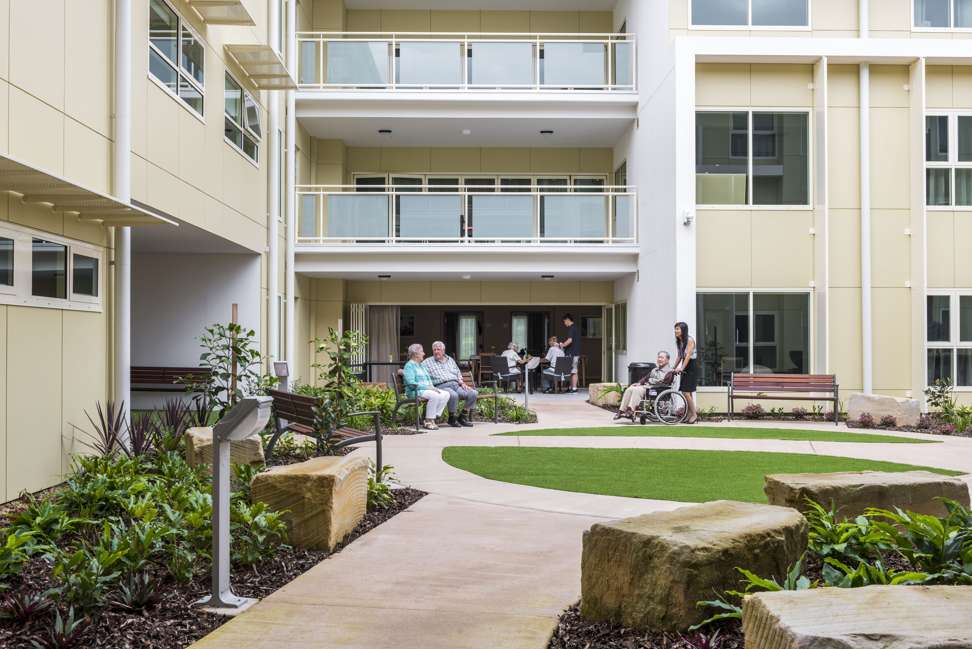
Why one size does not fit all homes for the elderly
Designers of accommodation for older people are putting more focus on solving the emotional and physical needs of senior citizens

What will it take to prise elderly people out of the comfort zone of their own home and into “age friendly” independent or assisted living? Few seem to go voluntarily, even though it is no longer all bingo and set menus since retirement-home developers began taking their cues from the hospitality, rather than the institutional, sector.
Apparently, you can offer all the gourmet cuisine, yoga classes and luxury furnishings you like, but purpose-built “lifestyle” accommodations targeting the over-55s is still mostly occupied by those aged 80-plus.

Australian architect Chris Straw, a specialist in designing retirement living communities in Australia and Asia, believes some developments miss the mark by disconnecting residents from the life they know. Tailoring the offering for like-minded peers, and building communities based around those interests, is a far better option than lumping folks together based on their age, and expecting everyone to have a good time.

“The market isn’t one-size-fits-all,” says Straw, whose Melbourne-based firm ThomsonAdsett is now the largest aged-care specialist firm in the world, according to UK architectural news publication Building Design. The firm also has regional operational headquarters in Hong Kong and Jakarta, and an alignment with an innovation hub in Shanghai.

The one thing that won’t fly among the potpourri of “lifestyle solutions” Straw and his team recommend for communities is pigeonholing the elderly into silos. The generations of baby boomers – and later millennials, who have travelled more, are better educated, usually wealthier and will also live longer than those who have gone before – have higher expectations for their retirement lifestyle.
Rather than be stuck in an “an isolated island”, old people want to enjoy their place in the broader community and be part of what village life used to be about.
ThomsonAdsett advised the Hong Kong government on the city’s first mixed-use, ageing-in-place high-rise buildings, Jolly Place in Tseung Kwan O, and Cheerful Court in Jordan Valley, completed in 2003 and 2004 respectively. Though both are still regarded as aged-care role models in an urban setting, recent projects illustrate how far the thinking has come.

In the US, Lasell College outside Boston created one of the first retirement communities within a university campus. To live in Lasell Village, folk have to sign up for 450 hours of education per year – the premise being that, in their retirement, educated people want to keep learning.
A similar concept is taking shape in Bendigo, a regional city outside Melbourne, Australia, where ThomsonAdsett is working with a Catholic parish to build a retirement and aged-care component within its new primary- and secondary-school campus. The residents will share school facilities such as its library, while a coffee shop and convenience store for the older residents can also be used by the school community.
Straw explained that all of the firm’s projects are informed by the “story” of the people who will live there. For instance, a Beijing project providing 350 independent living units and 90 aged-care beds recognises the importance of Chinese culture. Indoor amenities are themed around various festivals, while courtyards accommodate popular activities such as outdoor dancing, exercises and bird rearing.
When completed in June this year, the Shuangqiao Golden Heights Seniors Home in Chaoyang district will incorporate a large public park along with a medical centre and other facilities.
Jeta Gardens, outside Brisbane, opened in 2015 as Australia’s first intergenerational facility incorporating retirement villas and apartments, aged-care services and childcare facilities. Designed with Chinese-Australian sensibilities in mind, its grounds incorporate a Chinese lake garden for walks and tai chi.

And in Melbourne, arts patrons have a retirement village curated just for them. Streeton Park, named after Arthur Streeton, one of Australia’s most celebrated artists, is near the Heide Museum of Modern Art, Bulleen. Completed in November 2015, it provides 85 premium independent living apartments alongside a business centre, sports bar and wellness centre.
In Bangkok, the firm is developing a concept for Rangsit Senior Living, involving 2,100 apartments and 90 aged-care beds integrated with the broader community and two universities. It has just completed the schematic design of 130 eco-friendly apartments together with a wellness centre in Kuala Lumpur, and has also completed master planning for the Hengqin International Life Wellness City in Macau, a health resort comprising living accommodation for the elderly, hotels, apartments and medi-tourism facilities.
Just as design can make retirement enjoyable for those in good health, it can also make life easier for those with Alzheimer’s or dementia, like it does children with autism. Concepts include buildings without corridors, which can confuse a frail mind, and gardens.
Singapore-based Spark Architects incorporated this thinking into Home Farm, its concept for a retirement community based around an urban farm. Residents can grow their own produce, which keeps them engaged and also in touch with nature. “It gives them a sense of purpose,” said Wing Yun, an associate at the firm.
Integrated communities for the elderly are not the magic bullet to solving the world’s ageing issue on their own, Straw concedes. But he also reckons that removing the loneliness and hopelessness among older people by caring for their emotional, as well as physical needs, is a great place to start.